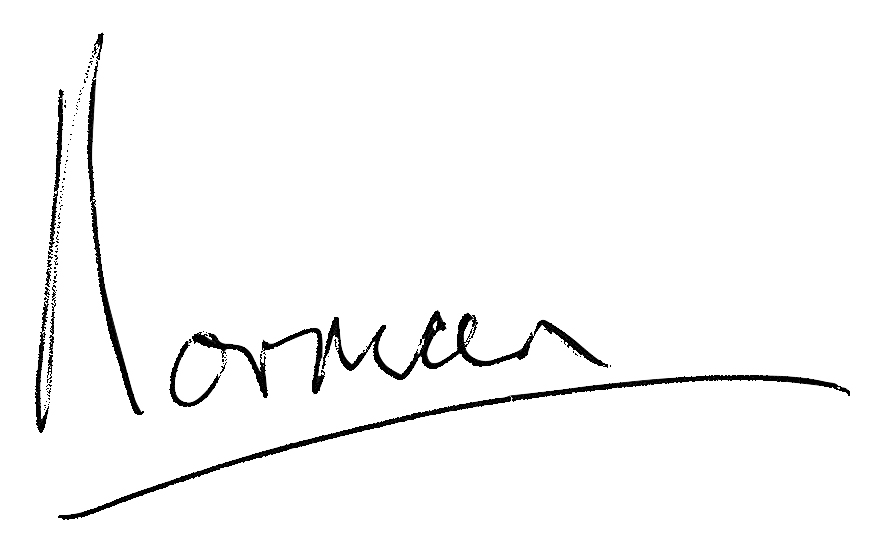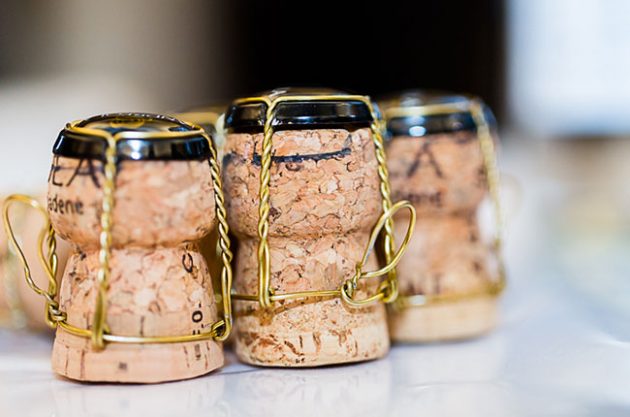norman.comfort@getcomfortable.co.uk, or talk to me on 07530 708125. Let's do this.....
The Balearic Islands
The Balearic Islands are located in the Mediterranean Sea off the eastern coast of Spain (on the right hand side, Ibiza being the nearest and Mallorca being the largest having 80% of the region’s population). There are four Balearic islands…






